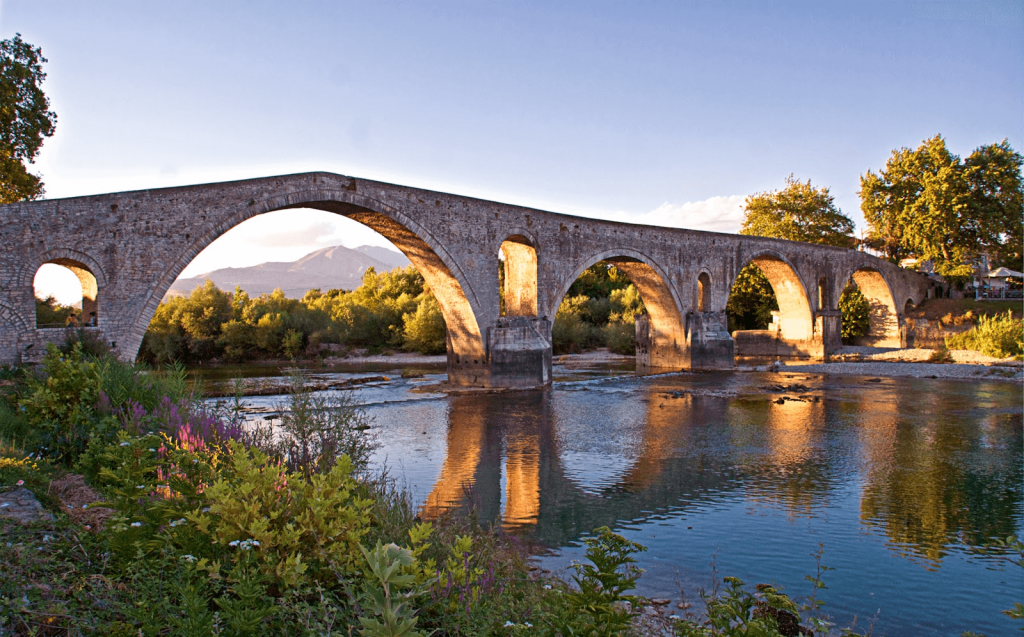
Arachthos river, which flows today under the Bridge of Arta and empties into the Ambracian Gulf, was navigable up to the Castle of Arta in the times of the Medieval State of Epirus. The massive pedestals of the bridge evidence the many attempts carried out, probably since the time of King Pyrrhus according to the opinion of many scholars. Every effort, however, was “suffocated” by the impetuous Arachthos. But, the construction of the high arch, which was collapsed, traced back to the Ottoman period.
Final construction of the Bridge
In 1612, the Bridge acquired its final form from a French engineer. According to the tradition the Bridge was built between 1602 and 1606, under Ottoman rule. Theocharis Tsoutsinos cited a remembrance, which mentioned that in 1612 the high arch fell and had to be rebuilt. The construction works lasted three years and were completed in 1615.
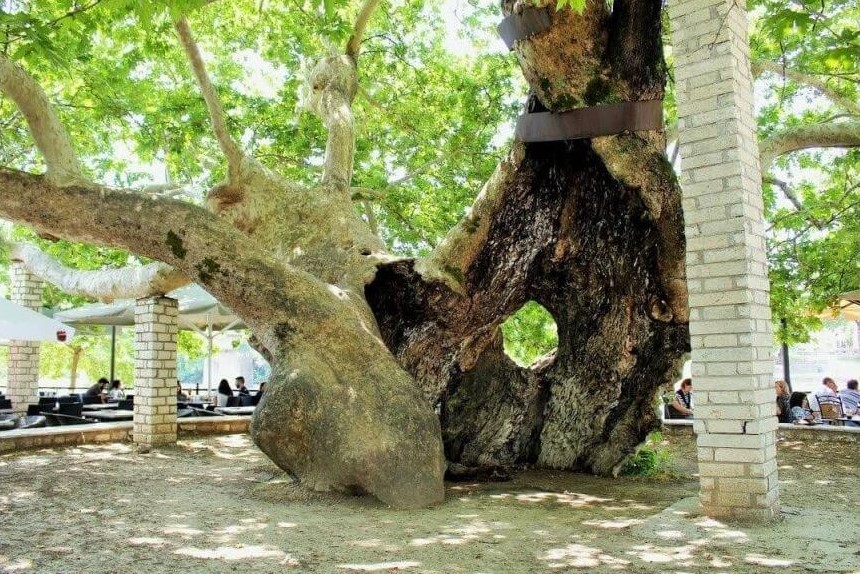
The Plane Tree of Ali Pasha (or the Pane Tree of Arta)
The Folklore Museum of Arta
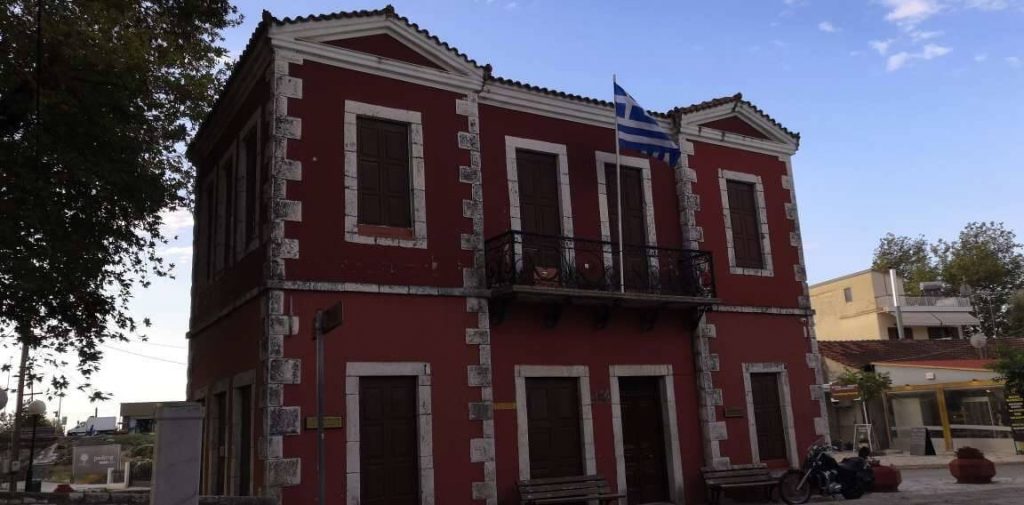
The myth of the lucky grocer
The narrative song «The Bridge of Artα» [Του γιοφυριού της Άρτας]
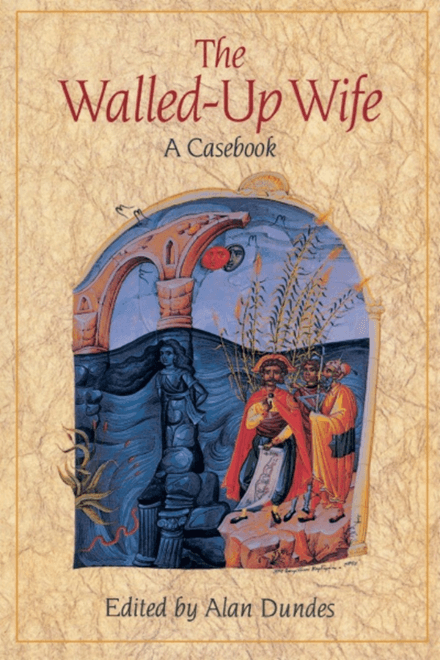
The bridge of Arta is an extremely widespread folk ballad. It is one of the best known of all Greek narrative songs, and versions of it have been collected from all parts of the Greek-speaking world, as well as from Bulgaria, Albania, Serbia, Romania, and Hungary. The renowned Greek folklorist, Georgios Megas, collected 333 published and unpublished Greek variations of the texts. Along with other researchers from Greece or abroad, he claimed that this folk song category originated from Greece.
The story
A master builder with a varying number of craftsmen and apprentices is engaged on a building, which is in Greek versions most of the time is a bridge. Under the leadership of the head builder, in the narrative song «The Bridge of Arta» forty-five builders and sixty apprentices were building all day the bridge, and each night it was knocked down. The master mason is in despair until it is revealed to him by a supernatural agent that the bridge will not stand firm unless a human sacrifice is built into the foundations. One day, when they were working, a bird spoke, as people do, and told them: «the bridge would not be stranded if you did not build the master mason’s lovely wife». The Slender one (Λυγερή), the architect’s wife, came to the bridge earlier, because the bird disobeyed the chief mason’s order. Protomastoras was upset because their wedding ring had fallen on the first big deep arch, and she started looking for the ring.
Besides, in most of the Greek versions, the wife is tricked into descending into the foundations and once she is there the builders begin to immure her. The master mason walled up her inside the foundations. She vainly appeals to her husband’s s sense of pity. She then cursed whoever passes by to fall from the bridge.
She cursed the bridge to flutter like a leaf, and those who pass it to fall like leaves also. She is then reminded that her brother is abroad and might pass the bridge himself, so she changes her curses so as to become actual blessings: “Like the tall mountains tremble, so shall the bridge tremble, and as the birds of prey fall, so shall passers fall”. The sisters of the architect’s wife have bridged the largest rivers. Her first sister has been walled up in the bridge of the Danube, the other one in the bridge of Euphrates, and the smaller was the Slender one.
Would you like to discover the narrative song Του γιοφυριού της Άρτας?
1Forty-five builders and sixty apprentices
We re building the foundations [themelionan] to a bridge on the
river at Arta.
They built all day, and every night their work crumbled away.
The builders and apprentices began to weep and mourn their
wasted work.
5 ‘‘Worthless is all our work and toil, a doom is on our labor:
We build all day, and every night our work crumbles away.’’
A little bird flew by, it settled on the farther bank,
It did not sing like any bird, it sang not like a swallow,
It sang and spoke with a little human voice:
10 ‘‘Unless you make a human a ghost [stoiheiosete anthropo], your
bridge will never stand:
But do not destroy an orphan, a stranger, or a traveler:
Destroy instead the lovely wife of your own master builder
[protomastoras],
Who comes each morning late and late again each evening
comes.’’
The master builder heard this and he sickened unto death:
15 He sends a message to his wife by bird, a nightingale:
Let her come slowly [arga], slowly come, and bring him late his
dinner:
Let her come slowly, slowly come, and cross the Bridge of Arta.
But the bird misheard, and misdelivered what he asked, and said,
‘‘Oh, come now quickly [gorga], quickly come, and bring him soon
his dinner:
20 Oh come now quickly, quickly come, and cross the Bridge of
Arta.
’’Now she appears and comes in sight upon the gleaming pathway:
The master builder sees her come, his heart breaks into
fragments.
From far she greets them, and from near she speaks to them and
says,
‘‘Joy, health to you, you builders and to you apprentices:
25 But why is the master builder so downcast, and why so silent?
‘‘His ring has fallen down below the first arch of the bridge,
And who will go, and who will go, and bring him out his ring?
‘‘Builder, do not lament, for I will fetch it up to you,
And I will go, and I will go, and bring you out your ring.
30’’ She scarce was down, and had not reached the middle of the
river—
‘‘Pull up the chain, my love, pull up the chain and me together,
I have turned over all the places, but have not found anything.
’’One spread the mortar, one smoothed with the trowel,
And the master builder seized a rock, and hurled it down upon
her.
35 ‘‘Alas our fate, our destiny, alas our great misfortune.
We were three sisters, three we were, with evil dooms
predestined:
For one of us built the Danube bridge, and one of us the Euphrates,
And I, the youngest of the three, I built the Bridge of Arta.
May this bridge shake like a poppyhead, so may it shake and tremble,
40 And as the leaves fall from the trees, so may the travelers tumble.’’
‘‘Woman, woman, leave off your words, and let your curse be altered;
For you have but one brother, and he may one day cross this bridge.’’
And the woman left off her words, and let her curse be altered:
‘‘If the high mountains tremble, let this bridge then tremble:
45 If the wild birds fall from the sky, let the traveler tumble;
For I have one brother in foreign lands [sti xeniteia], and he may cross this bridge.’’
Σαράντα πέντε μάστοροι κ’ εξῆντα μαθητᾶδες
γιοφῦρι νἐθεμελίωναν ’ς τῆς Ἄρτας το ποτάμι.
Ὁλημερὶς τὸ χτίζανε, τὸ βράδυ ἐγκρεμιζόταν.
Μοιριολογοῦν οἱ μάστοροι καὶ κλαῖν οἱ μαθητᾶδες.
5 «’Αλίμονο ’ς τοῦς κόπους μας, κρῖμα ’ς τοῖς δούλεψαίς μας,
«ολημερὶς νὰ χτίζουμε, τὸ βράδυ νὰ γκρεμειέται.»
Πουλάκι ἐδιάβη κ’ ἔκατσε ἀντίκρυ ΄ς τὸ ποτάμι,
δὲν ἐκελάιδε σὰν πουλἰ, μηδὲ σὰ χιλιδόνι,
παρὰ ἐκελάιδε κ΄ ἔλεγε, ἀνθρωπινὴ λαλίτσα.
10 « Ἄ δὲ στοιχειώσετε ἄνθρωπο, γιοφῦρι δὲ στεριώνει·
καὶ μὴ στοιχειώσετε ἄνθρωπο, μὴ ξένο, μὴ διαβάτη,
παρὰ τοῦ πρωτομάστορα την ὄμορφη γυναῖκα,
πὄερχεται ἀργὰ τ’ ἀποταχύ, καὶ πάρωρα τὸ γιόμα.»
Τ’ ἄκουσ’ ὀ πρωτομάστορας καὶ τοῦ θανάτου πέφτει.
15 Πίανει, μηνάει τῆς λυγερῆς μὲ τὸ πουλὶ τἀηδόνι:
Ἀργά ντυθῆ, ἀργὰ ἀλλαχτῆ, ἀργὰ να πάη το γιόμα,
ἀργά νὰ πάῃ καὶ να διαδῆ τῆς Ἄρτας το γιοφῦρι
καὶ το πουλὶ παράκουσε, κι’ ἀλλιὼς ἐπῆγε κ’ εἷπε.
«Γοργά ντυσου, γοργά ἀλλαξε, γοργά να πᾶς το γιὸμα.
20 γοργά νὰ πᾶς καὶ να διαβῆς τῆς Ἄρτας το γιοφύρι».
Νά τηνε κ’ ἐξανάφανεν ἀπό τὴν ἄσπρη στράτα.
Τὴν εἶδ’ ὁ πρωτομάστορας, ῥαγίζεται ἡ καρδιά του.
Ἀπὸ μακριὰ τοὺς χαιρετᾷ κι’ ἀπό κοντά τοὺς λέει.
«Γειά σας, χαρά σας, μάστοροι καὶ σεῖς οἱ μαθητᾶδες,
μὰ τί ἐχει ὁ πρωτομάστορας κ’ εἶνε βαργωμισμένος:
-Τὸ δαχτυλίδι τόπεσε ’ς τὴν πρώτη τὴν καμάρα,
καὶ ποιὸς να μπῇ καὶ ποιὸς νὰ βγῇ τό δαχτυλίδι νά βρῃ:
-Μάστορα, μὴν πικραίνεσαι κ’ ἐγὼ νὰ πά’ σ’ το φέρω,
ἑγὼ νὰ μπῶ, κ’ ἐγὼ νὰ βγῶ, τὸ δαχτυλίδι νἀ βρω.»
30 Μηδὲ καλὰ κατέβηκε, μηδὲ ’ς τὴ μέσ’ ἐπῆγε,
«Τραύα, καλέ μ’, τὸν ἅλυσο, τραύα τήν ἁλυσίδα.
τί ὁλον τὸν κόσμο ἀνάγειρα καὶ τίποτες δὲν ηὗρα.
Ἕνας πιχάει μὲ τὸ μυστρί, κι’ ἄλλος μὲ τὸν ἀσβέστη,
Παίρνει κι’ ὁ πρωτομάστορας καὶ ῥήχνει μέγα λίθο.
35« ‘Αλίμονο ’ς τὴ μοῖρα μας, κρῖμα ’ς τὸ ριζικό μας!
Τρεῖς ἀδελφάδες ἤμαστε, κ’ οἱ τρεῖς κακογραμμέναις,
ἡ μιά χτισε τὸ Δούναβη, κ’ ἡ ἄλλη τὸν Ἀφράτη
κ’ ἐγὼ ἠ πιλιὸ στερνότερη τῆς Ἄρτας τὸ γιοφῦρι.
Ὡς τρέμει το καρυόφυλλο, να τρέμῃ τὸ γιογῦρι,
40 κι’ ὡς πέφτουν τὰ δεντρόφυλλα, νὰ πἐφτουν οἱ διαβάταις.
-Κόρη τὸ λόγον ἄλλαξε, κι’ ἄλλη κατάρα δῶσε,
πὄχεις μονόκριβο ἀδερφό, μὴ λάχῃ καὶ περάσῃ.»
Κι’ αὐτὴ τὸ λόγον ἄλλαξε, κι’ ἄλλη κατάρα δίνει.
«Ἄν τρέμουν τ’ ἄγρϊα βουνά, να τρέμῃ το γιοφῦρι,
κι’ ἄν πέφτουν τ’ ἄγρϊα πουλιά, νὰ πέφτουν οἰ διαβάταις,
τί ἐχω ἀδερφὀ ’ς τὴν ξενιτειά, μὴ λάχῃ καί περάσῃ.»
Literature
Bridge of Arta as a borderline (1881-1912)
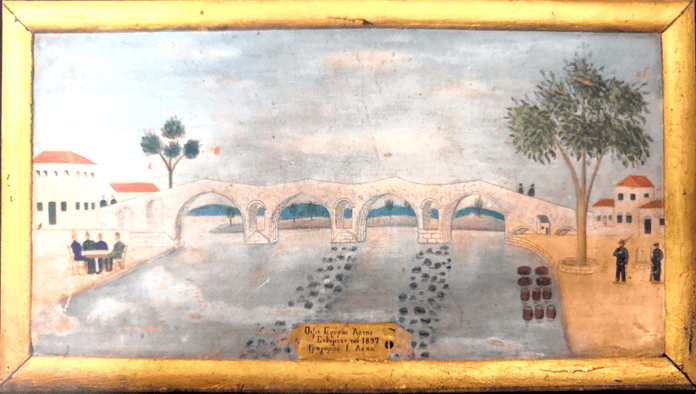
The depicted memento by Gregorios I. Lekas is since Lekas was a soldier in Arta. This folk painting depicts the bridge when the Arachthos River was the border between Ottoman Empire and Kingdom of Greece. Two Greeks guards stand on the east bank and one of them stands in position, whilst Turkish guards sit at a table on the west bank. Ten barrels at the edge of the river freeze their contents. The painting is held at the Folk Museum of Arta. On the east bank rises an old Platanus, probably the Platanus of Ali Pasha. There is a Kafeneio and the border post. Opposite there are inns, groceries, some houses, and the 96th Ottoman station of Arachthos Bridge. From the edge of the bridge start a Greek and Ottoman patrol by two men each, in order to meet each other in the middle of the high arch, on the dividing border.
On June 13, 1880, the Great Powers met at a conference in Berlin and defined the borders of the Ottoman Empire and the Kingdom of Greece in accordance with the 13th Protocol of 1878 calling the High Porte to agree to the term of the definition of the borders in Thessaly and Epirus and that they (the Great Prowers) are willing to intervene and facilitate the process. In 1881, new negotiations take place in Constantinople, where the Sultan accepted to concede Thessaly and a part of Epirus. This meant that most of Epirus and Thessaly were ceded to the Kindom Greece. Specifically, on March 26, 1881, the Great Powers issued a joint statement asking Greece to accept the proposal of the High Gate for the concession of Thessaly as four kilometers south of Platamonas and the part of Epirus east of Arachthos, i.e., the largest area of Arta.
With the demarcation of the borders in the same year, the river network of the waters of Arachthos river and its tributaries (river Chrousias) has separated the two territories, the liberated emergent Kingdom of Greece and enslaved flatland of Arta, which was part of the ever-shrinking Ottoman Empire. The Kingdom of Greece and the Ottoman Empire signed the Convention in Constantinople on 2nd July 1881. The addition of new territories with an area of 13,395 square kilometers increased the population of Greece by 300,000 inhabitants, to a total of 2,187,208.
The highest point of the bridge was the borderline between the ever-shrinking Ottoman Empire, which included the enslaved plain of Arta, and the Kingdom of Greece from the annexation of Arta in 1881 to the outbreak of the First Balkan War in 1912. The inhabitants of Arta, that owned fields in the enslaved flatland, had to pay burdensome duties at the Ottoman Customhouse at the west end of the bridge, which now houses the Folklore Museum of the city.
Greek-Ottoman War of 1897
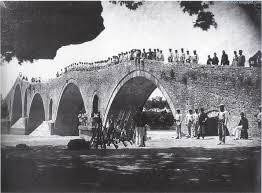
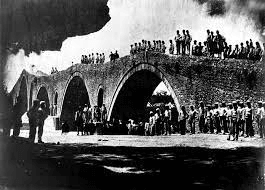
Old photographs during the Ottoman-Greek War of 1897, N. Pantzopoulos, Photographic archive of National and Historical Museum.
Bridge of Arta as a borderline (1881-1912)
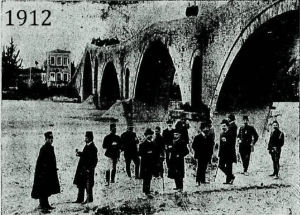
Bailey Bridge
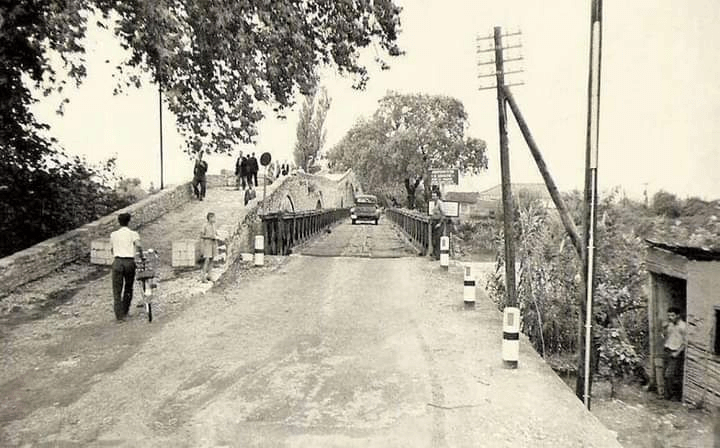
After the end of WWII, at the concrete bases of the wooden bridge, next to the Bridge of Arta, was placed a bridge in the type of Bailey, in order to ensure the safe passage of the wheeled vehicles. The vibrations, that were caused by the vehicles, had many negative consequences to the stability of the nearby bridge, and in the middle 50s’, the first cracks made their appearance at the bases and the main body of the bridge. The iron bridge was detached and transferred to the narrow of Plaka, and until today, assists the vehicles transit.
The concrete Arachthos Bridge, located at a distance of 150 meters west of the historical Bridge, was built during the late 50s’ relieving the long-suffering Bridge of Arta. Legend and craftsmanship meet on the wonderful Bridge of Arta, which is the most impressive reception of the city to the visitor coming from the west, as well as its most impressive farewell to the one who met it and said goodbye.
Chronological timeline
According to some scholars, the pedestals of the Bridge of Arta and a small part just above the river’s water have constructed in the Classical period or Hellenistic period, probably at the times of King Pyrrhus. Pyrrhus I / Pyrrhus of Epirus (319/318-272) was king of Epirus (r.306-302 and 297-272) and Macedonia (r.288-284 and 273-272), well-known for his war against the Romans (Pyrrhic War) (280-275).
In 1449, Arta has surrendered to the Ottoman conquerors. Faik Pasha, who is mentioned as the conqueror, built the Faik Pasha Mosque-Imaret in the second half of the 15th century.
According to the tradition the Bridge was built between 1602 and 1606, under Ottoman rule. But the final construction of the bridge came later. In 1612, the high arch fell and had to be rebuilt. The construction works lasted three years and were completed in 1615. At this time is found the myth of the lucky grocer from Arta, Yiannis Thiakogiannis, nicknamed Gatofagos.
Arta was annexed to the State of Ali Pasha in 1796. Ali Pasha took from the Gate the right to collect the royal income with a title of a lease. He maintained that right until his fall in 1822.
The highest point of the Bridge was the borderline that separated the liberated emergent Kingdom of Greece (Arta) and enslaved flatland of Arta (shrinking Ottoman Empire), as Arachthos river set out the border between the two territories. Since 1912(6-7 October), the Bridge of Arta was not a border anymore.
Arta was annexed to the Kingdom of Greece in 1881. The Greek army entered Arta on 24 July 1881 at 4.30 pm.
During the Greek-Ottoman War of 1897, the Bridge of Arta functioned as a battlefield.
Proclamation of the bridge as National historic monument: NATIONAL: ΠΔ 9-12-1924, ΦΕΚ 312/Α/16-12-1924
http://listedmonuments.culture.gr/fek.php?ID_FEKYA=4336.
In 1941, when Nazi Germans invaded Greece during World War II, the legendary Bridge has again new dynasts as cruel and inhuman as the Ottomans.
On 12 August 1943, a two-man Wehrmacht reconnaissance team had come across a small group of partisans in the village and had reported back to divisional headquarters in Ioannina. On the evening of 15 August 1943, Colonel Josef Salminger, the commanding officer of the 98th Regiment, ordered 12 Company to attack the village the following morning. The attack was led by 12 Companies’ leader, Lieutenant Röser, who personally shot the village priest at the outset of the assault. Men, women, and children (74 of them under the age of 10) were killed indiscriminately, but almost half of the village's population managed to escape by swimming across the Arachthos River. The first Wehrmacht reports recorded those 150 civilians had died. As the reports moved up the command chain, they were amended so that "150 civilians" became "150 enemies". The names of the 317 villagers who were killed are now recorded on a marble monument in the village's main square.
Removal of the iron bridge in a type of Bailey Bridge, which was nearby the historical Bridge, as the massive cement Bridge of Arachthos was constructed. The iron Bridge was detached and transferred to the narrow of Plaka, and until today, assisted the vehicle transit.
The last adventure of the Bridge was in 1984. The interest of the people of Arta saved the Bridge from collapse. Specifically, there was a deep hole in one of the substructures of the Bridge. The immediate risk of the collapse of the historical Bridge upset the public opinion and awakened public bodies and the government. A special workshop established that the Bridge was hanging in the air. Support works began immediately. The legendary Bridge was saved again and did not suffer the same fate as the other important bridge of Epirus, that of Plaka
Statement of Significance
Construction Features

Design | arch bridge |
Architecture type | 4 arched Bridge |
Oppening of each arch | 24.00 m. - 15.80 m. - 15.40 m. - 16.20 m |
Ηeight of each arch | 11.70 m. - 9.00 m. - 9.60 m. - 9.30 m. |
Construction material | schist |
Total length | 145 meters |
Width | 3.75 meters |
Height | 4 meters |
Arches | 4 arches & 8 windows |
Pedestals | 5 |
Builder | the master mason of the Bridge of Arta, a person who has received mythical dimensions |
Construction cost | Yiannis Thiakogiannis, nicknamed Gatofagos, undertook to finance the construction (myth). Thiakogiannis found golds coins (see below), borrowed 280 piastres by Hüsü Bey, and used money from his own personal property for the construction. |
Function | Pedestrian Street (footbridge) |

